Do Leopard Geckos Make Good Pets?
When walking through the pet store, there are so many captivating animals. But one has caught your eye. You might have seen the cute smiling leopard gecko pictures on Instagram, but seeing one in person has sparked an interest. You are now thinking about getting a leopard gecko to add to your family. And while having leopard geckos as pets can be rewarding, there are a few things you should know first. Let’s talk about the few pros and cons, along with basic care before jumping the gun.
Do Leopard Geckos Make Good Pets?
The simple answer to this is yes; they make fantastic pets to own. But, they aren’t for everyone. Like with any animal, they do have unique care and requirements that don’t make them suitable for everyone.
If you have never owned a reptile before, these guys are a great way to start. The leopard gecko is an easy reptile with many benefits. They are a docile creature that doesn’t take too much and can be an excellent pet for older kids. They can teach a little responsibility and are so low maintenance that a parent can easily pick up the slack like they always do.
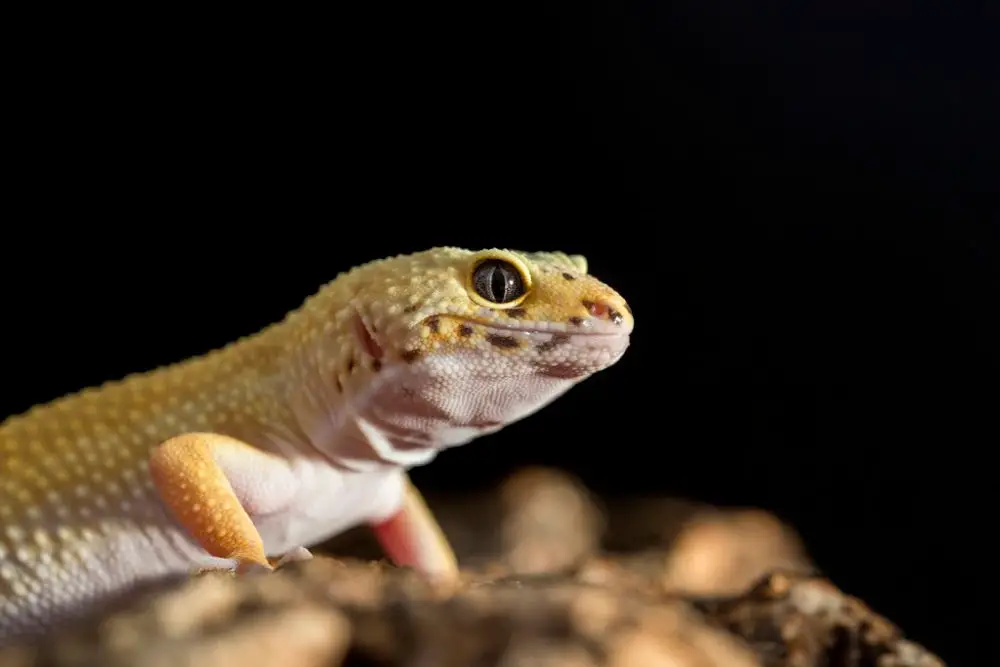
Pros Of Owning A Leopard Gecko
Now we will talk about all the fantastic qualities that make leopard geckos great pets.
- One thing that everyone wonders about is how long an animal will live. Fortunately for you, a leopard gecko’s average lifespan is 10-15 years.
- Unlike other reptiles that require a large tank, leopard geckos don’t. Leopard geckos are perfectly happy in a 20-gallon tank with plenty of decorations. A 20-gallon long tank can fit in even the smallest of places.
- When most people keep reptiles, the first thing they think of is heat lamps. Most reptiles need a daytime basking, night time basking, and a UV lamp for added vitamin D3. Most people who have leopard geckos use under tank heaters and a daytime basking light. These heat sources are all that is needed because leopard geckos don’t come out in the daytime, so they don’t need UV. That makes it easy for first-time reptile owners.
- Keeping a leopard gecko is simpler than most animals. Besides cleaning and feeding, there isn’t much else to them. You don’t have to worry about taking them to the vet for vaccinations or bathing them. You don’t even have to worry about exercising them. They are one of the lowest maintenance reptiles.
- Another great thing about geckos is that they are cheap. Most leopard geckos only cost $30. You could get an entire set up and gecko for less than $200. And they are cheap to feed. Most people only send $20 a month on food and bedding for their geckos.
- You won’t have to worry about a noisy pet with geckos. Most barely make any sounds at all, which makes them perfect for apartments or for keeping in your room.
- Geckos also have virtually no scent to them. They will never need baths, and as long as you are cleaning the cage properly, it will never stink either.
- Finally, the best part about leopard geckos is that they come in so many different morphs. Some of these rare morphs can get expensive, but they are gorgeous to look at.
Cons Of Owning A Leopard Gecko
Now it’s time to talk about the negative side of leopard geckos as pets. These are parts of owning a gecko that you can’t change. If you see something on this list that you can’t compromise on, then a leopard gecko isn’t for you.
- The biggest thing that people don’t realize when getting a gecko is that they eat only live food. That means crickets, roaches, and worms of various kinds. There are no dried options, and freeze-dried bugs lack the nutrition that your growing gecko will need. You will most likely have to keep a container of bugs in your home to have available food. Most people keep crickets or roaches in a box with their own food and water for a week or more. There are also some worms, like wax or mealworms, that you can keep in your fridge.
- Even though leopard geckos do not have all the lights that most reptiles need, you might still see a spike in your electric bill. This expense might be small, and you might not even notice it at all. But, it is something to consider before getting a pet.
- Like all reptiles, a leopard gecko is not cuddly. If you are looking for a pet that will genuinely enjoy being with you, then you might want to choose a different pet. Leopard geckos at most will tolerate you, but don’t show affection.
- Another downside to having a gecko is that they are crepuscular. This is not entirely nocturnal, but close. It means that your leopard gecko will be most active in the early morning hours and the evening. The times in between are a lot of hiding and sleeping.
- You might have seen lizards that detach their tails as a self-defense move. Leopard geckos do this too. If your young gecko is frightened, it will drop its tail in self-defense. But, once they lose their tails, it does not grow back as fat and long as it once was.
- Everyone wants a healthy pet. But sometimes this is out of our control, and animals can get sick. Leopard geckos will need to see a specialty vet that is experienced in their care. In some areas, this can be very difficult, and it’s always expensive.
- And lastly, leopard geckos prefer to be alone. Some owners claim that they can house two females together, or even a male and female. But this doesn’t always work out, and it’s not natural. In the wild, leopard geckos only see each other in passing or during mating season. Housing two geckos alone has many risks, and shouldn’t be done.
Basic Leopard Gecko Care
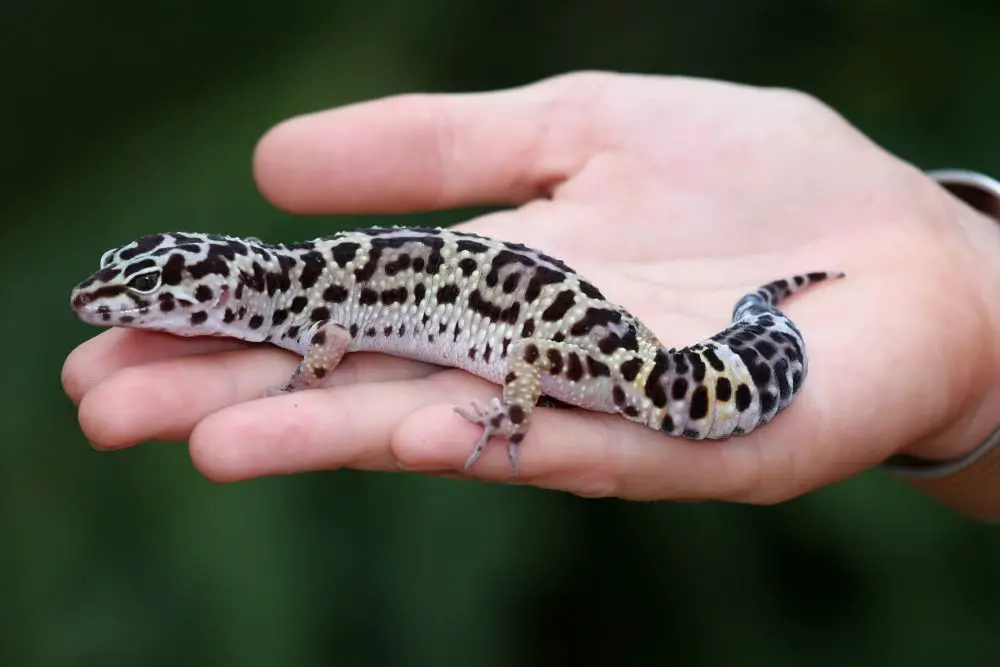
If you have read all the above and are ready for a gecko, you will need to know the basics of their care. This article will give you a general idea of what to expect and what to buy. But it is not all-inclusive. We suggest doing more research, or even joining leopard gecko Facebook pages to learn more.
TERRARIUM – Leopard geckos do best when they are in at least a 20-gallon tank. These tanks need to be longer, and not tall since leopard geckos can not climb on the glass as other geckos do. The tank will also need to have a wire top for ventilation and to install a light. They even make lovely tanks that open from the front for easy cleaning and viewing.
HEATING – Most leopard gecko owners prefer to use an under-tank heater to give their geckos the warmth they need. Under-tank heaters work because leopard geckos spend the majority of their time hiding. They love when their tanks are at the optimal 75-80 degrees, with a basking area of 90-100. Under-tank heaters work great to provide a warm space, and a low wattage basking lamp can be set on top to keep the whole tank warm.
DIET – As mentioned before, leopard geckos need a live diet of bugs and worms. Their favorites are crickets, roaches, mealworms, and wax worms. Giving your gecko a variety will ensure that he is getting everything they need to stay healthy. You will also need a high-quality calcium powder with D3 to make sure that they are staying healthy. For adult geckos, this should be dusted on the crickets at least three times a week. Juvenile leopard geckos benefit significantly from having a bowl of pure calcium powder to eat when they need it, and the D3 powder twice weekly. This calcium powder is essential to lizards as it prevents metabolic bone disease.
SUBSTRATE – No doubt, you have seen leopard geckos on a standard sand substrate. But this is not always the best for them. Juveniles are known to ingest the sand while hunting bugs, and this causes impaction in time. This sand is also fortified with calcium that can dry out growing geckos and cause their shed to get “stuck.” It is best for juvenile geckos to purchase a reptile carpet or even paper towels until they are at least six inches long from head to tail. For adults, it is better to do a mixture of sand without calcium and topsoil. Some experienced owners even love to use a layer of excavator clay to keep their habitat as close to the real deal as possible.
EXERCISE – The best part of owning a reptile is that they don’t need exercise. If your tank is large enough, your gecko will get plenty of exercise while hunting down his latest meal.
HUMID HIDE – In addition to regular hiding spots, you will also need to make a humid hide. The humid hide is a moist area where your gecko can go into when he’s feeling too dry. They even love to hide in there when they are shedding to help speed up the process. To do this, all you need is a completely enclosed hide and some moss. You will need to make sure that the moss is wet at all times.
Are You Ready For A Leopard Gecko?
After reading this article, hopefully, you have a better sense of what to expect. And, if you have decided a gecko is not for you, never worry! There are thousands of pets to choose from. Subscribe today to get the latest updates on all types of pets. Chances are, we will write about your next dream pet soon.

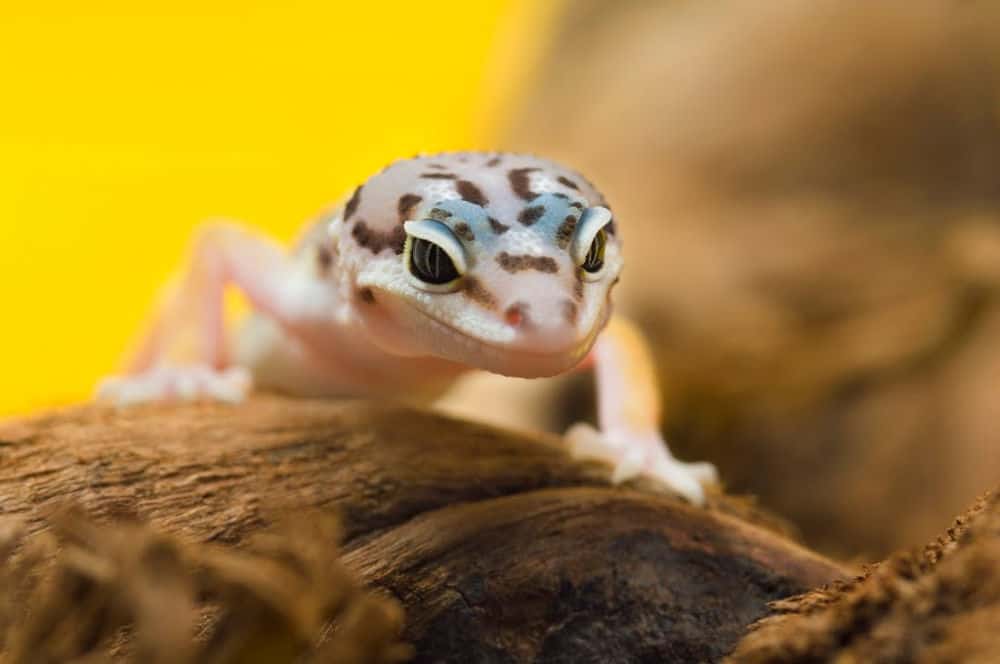
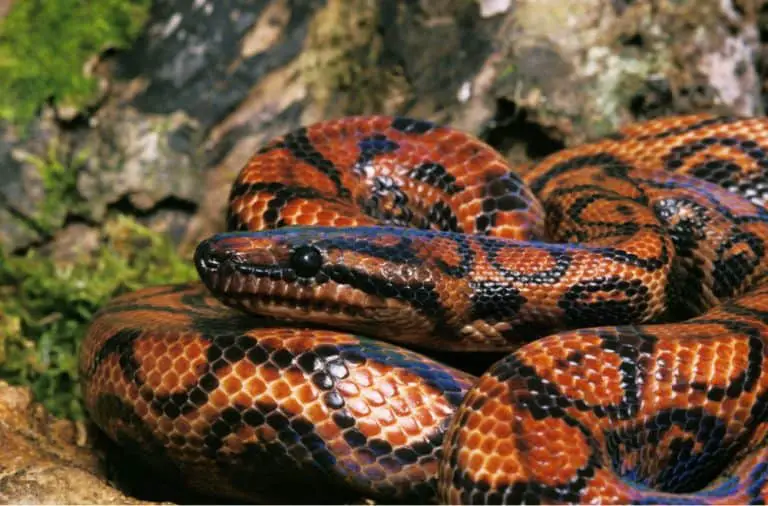
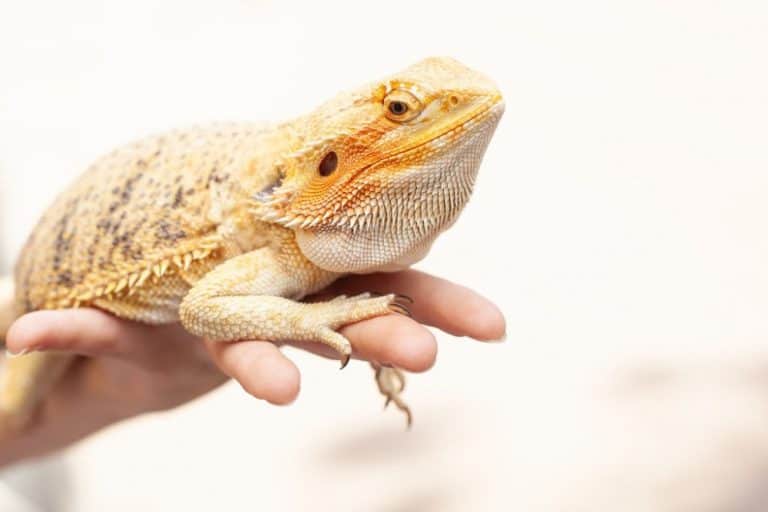
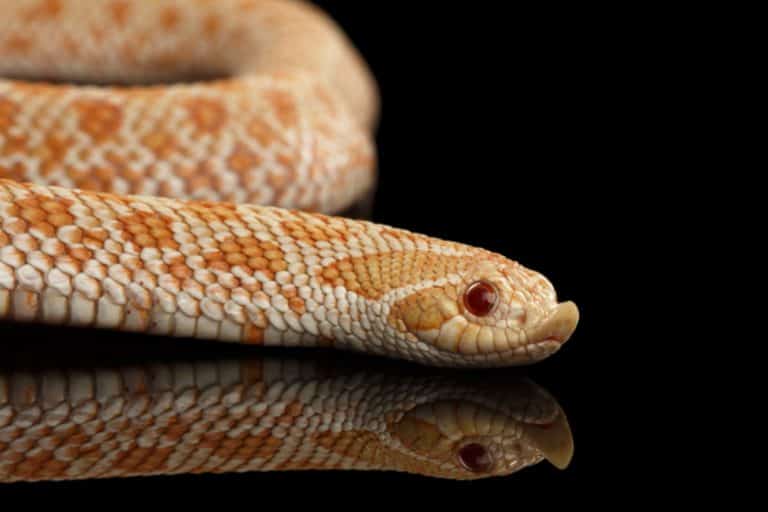
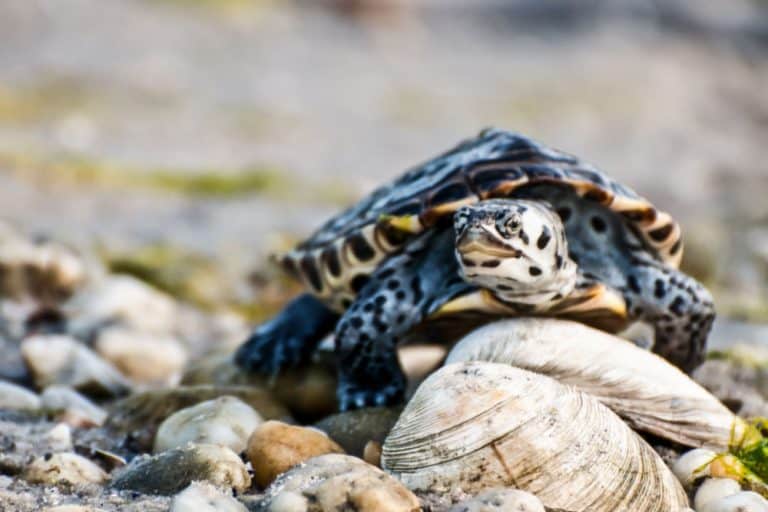
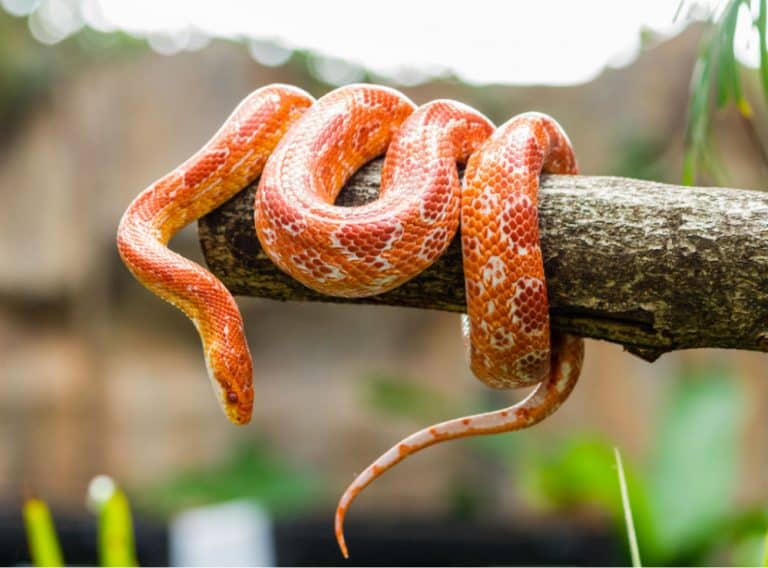
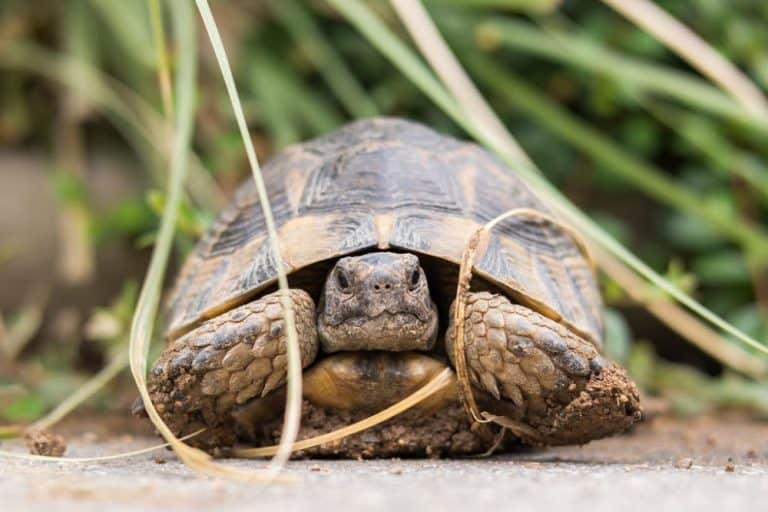
Leopard geckos are one of the most popular lizards kept as pets. Great post! Definitely, worth sharing for leopard gecko owners!